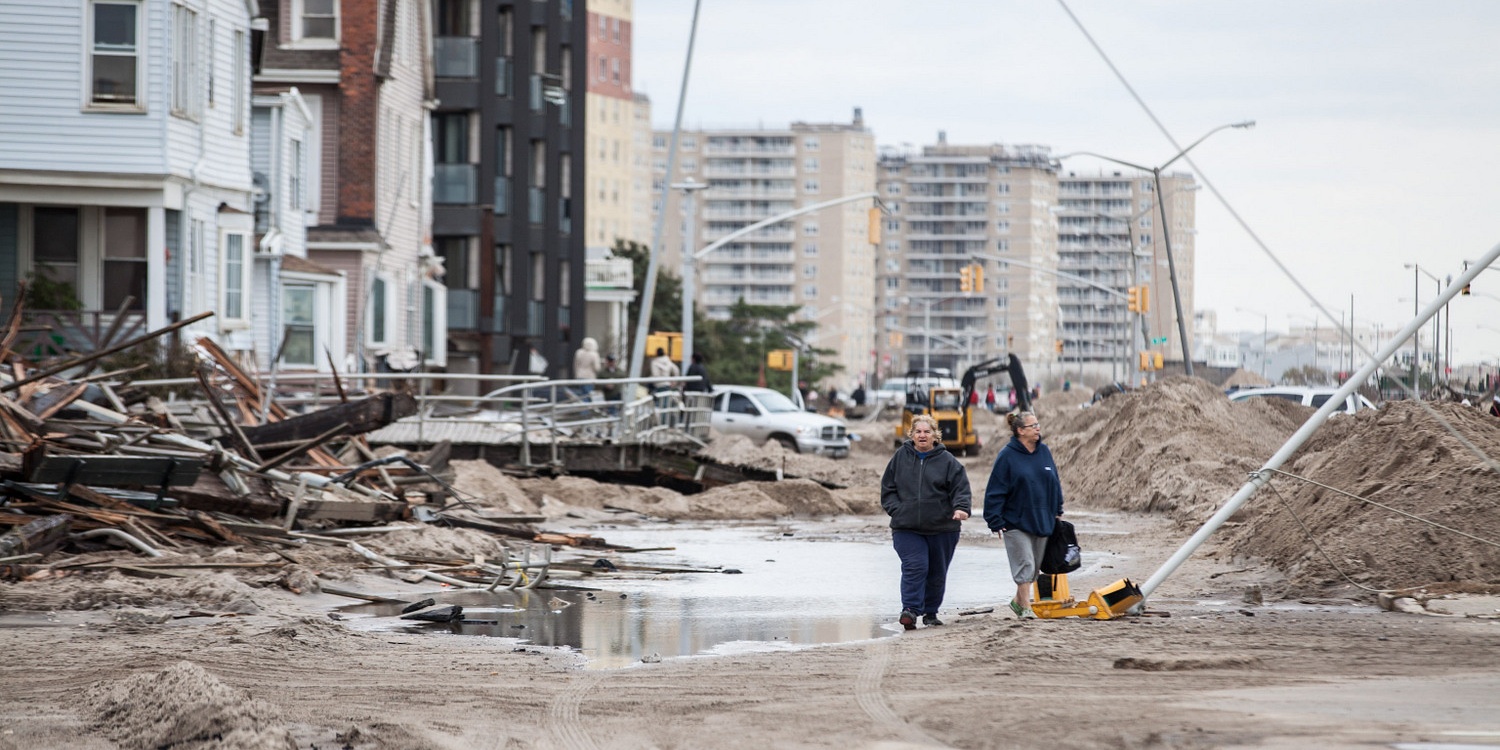
Our modern world seems to increasingly understand the meaning of risk. Between shocks, crises and different pressures caused by the circumstances of our time and the interconnected problems we face such as climate change, ecosystem degradation or political instability, disaster risk reduction (DRR) remains central to reduce loss and prevent potential new risks. Disasters are expensive to life itself, to economies and to development, but as the United Nations Office for Disaster Risk Reduction (UNDRR) puts it “We believe that risk can be reduced. We believe that disasters don’t have to devastate”. The work in reducing disaster loss and preventing the emergence of new risk is fundamental to ensure more resilience in the future and to protect sustainable development, rather than continuously “picking up the pieces post disaster”.
The International Science Council, as the global voice for science, recognizes and supports the importance of disaster risk reduction. To that end, the ISC and the UNDRR have a strong working partnership aided by an MOU. For example, the UNDRR and the ISC published the Sendai Hazard Definition and Classification Review Technical Report that provides a common set of hazard definitions for monitoring and reviewing implementation which calls for “a data revolution, rigorous accountability mechanisms and renewed global partnerships”, and will soon publish Hazard Information Profiles to support the DRR community. The ISC and the UNDRR also jointly co-sponsor the Integrated Research on Disaster Risk (IRDR), established in 2010. Its charge is to strengthen and use science and its interface with policy and practice to address the very significant and increasing challenges posed by natural and human-induced environmental hazards.
During June 2021, IRDR organized an international conference on the topic of Advancing Risk Science for Development Safety: 10 Years of IRDR – Building a new risk research agenda for 2030 and beyond. The event’s live stream on Facebook, Twitter, Youtube, and China Central Television, reached a total of 2.62 million views in three days. The conference, co-sponsored by the ISC, the UNDRR and the Chinese Association for Science and Technology (CAST), saw several interesting discussions and keynote speeches, including from Peter Gluckman, President-elect of the ISC, Mami Mizutori, Special Representative of UN Secretary General on Disaster Risk Reduction, and Huai Jinpeng, Executive Vice President and Chief Executive Secretary of CAST.
The last 18 months have elevated discussion of risk to the front pages of virtually every paper and every TV broadcast in every country around the world”. He said that “we have to be honest and see that the discussions have been very mixed. There is much evidence that the risks of the pandemic were underplayed in some quarters, that health risks have been traded off against economic risks in some and that vaccine hesitancy has been driven by individual and manipulated understanding of risk. Rich countries have been slow to recognize that until everyone has access to effective vaccines, the risk to progress towards economic, environmental, and social development is impeded. Yet in the same period many countries have had to confront major weather events, earthquakes, volcanos, building collapses, technological failures, cyberattacks and progress towards stopping the planet overheating have been disappointing. In this context this meeting is occurring at a critical time.”
Peter Gluckman, ISC President-elect
“The IRDR programme focused on characterizing the drivers of risk in a series of publications that can now be considered as the bedrock of our current understanding of risk. It specifically and directly contributes to the Sendai Framework Target F to substantially enhance international cooperation to developing countries through transfer and exchange of science, technology and innovation, as well as cooperative capacity building”.
Mami Mizutori, SRSG UNDRR
Ms Mizutori also noted that the draft science agenda presented during the conference opens another chapter that should solidify the importance and the relevance of the DRR research community for the next decade.
Huai Jinpeng expressed that “the history of human development is also a history of disaster response” and that “the Chinese scientific community will take more responsibility and will continue to contribute to the IRDR, to share its experience and methodology with the world”.
We must have a science-oriented approach to have a better understanding of risk. This includes more open science and building a community with a shared future for mankind that puts people first to by advocating openness and innovation”.
Huai Jinpeng, Chief Executive Secretary, CAST.
In launching the IRDR Compilation 2010-2020, the conference reflected on the ten years of the IRDR programme, featuring significant achievements as well as discussing remaining knowledge gaps and the lessons learned by the IRDR. The conference provided an opportunity for the “soft launch” of the draft of Global Research Agenda on DRR, commissioned by the ISC and the UNDRR, and developed by the IRDR Scientific Committee.
Image by UNDRR on Flickr